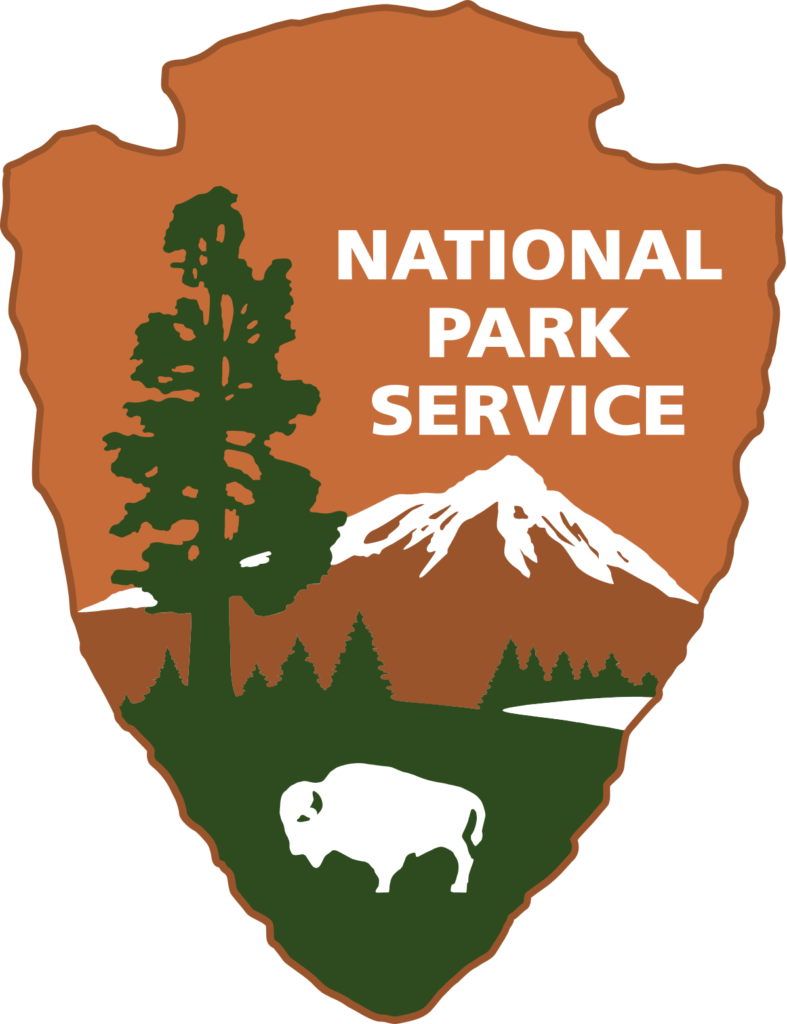When I moved into my Marquette apartment back in August, I was tucking in for my first night of sleep in the new place when I heard a funky kind of shouting. I popped up alarmed and hurried to my window. I still heard muffled noises, but didn’t see anything, so I slid it shut and turned my fan on. Since then, I’ve become accustomed to the real root of the eccentric noise, the tings and pings and explosions, the verbal strategizing and smack-talking and exclaiming. It’s the person playing video games late into the night who lives in the apartment below me.
I definitely judged at first. I’m not a gamer.
Why is this person wasting their time doing this? Zombieing through hours of make-believe shooting or world building? I was tempted to smack my wall to get their attention more than once. But in time I grew to accept their routine, and in a way it became my own. I read books, listened to their sounds and thought about why they gamed so much. That became my game.
Now that we find ourselves in this quite surprising, eerie, emotionally exhaustive, self-isolation mode that is #covid19, he is shouting much less, but I can still hear the muffled microphone chats and listen in on him trying to coordinate with whatever virtual compatriots they have. And I can’t help but be a little humbled, a little fond of the infrastructure this person already has for a time like this, this community right in their bedroom.
Thus began my own descent into the virtual realm. I thought maybe in all of this technological make-believe there was a place for me. I wasn’t going for “Wizards of Warcrafts” or “Call of Duty” though. I couldn’t go that far. I am too desperate to learn about the “real world.” So I decided I would try my virtual luck in a few National Parks by way of a Facebook advertisement I saw, a collaboration with Google Arts & Culture.
My first stop: the Kenai Fjords National Park in Alaska.
A voice-over lands me “a thousand miles above the continental U.S. where the ice age still lingers.” A drone or a helicopter camera shot reveals more trees than I even knew existed on the earth. National Park Ranger Fiona North is going to be the tour guide today. After a series of shots capturing toothlike glaciers poking out of the earth and a slow motion shot of an eagle batting its wings at the top of a coniferous tree, the film stops and she speaks.
“Look down, you’re standing above a crevasse on Exit Glacier,” North said.
This is where it becomes interactive.
With the mouse one can click and pull and view in every direction, seeing 360 degrees all around.
“Very few people get to walk out onto the ice or venture onto one of its crevasses,” North said.
But, I’m doing it right now. It’s kind of spectacular in its own way.
We are 30 feet below the top of the glacier, but North and I are safe, attached to a pulley system, holding ice picks in our hands. Next, she’s going to show me how the glaciers have been melting.
This part is freaky. I click on an icon that says: “Watch a glacier melt.” I’m presented with a graph with the dates 2004, 2007, 2009, 2013 and 2016. Every year I click makes the glacier smaller and smaller. The last few years, it has decreased 150 feet per year. This is where I’m reminded of the COVID-19 panic and emergency. Collective notions of catastrophe. I can’t help but wonder if we’ll deal with a similar collective reaction in regards to the climate. At what point is it going to get so urgent? I can’t help but wonder why I’m not watching Rick and Morty or connecting online with that gamer next door. Because right now, I don’t know how to help.
The last part of the trip centers around an icy kayak voyage. There are several options, and I do them all in twenty minutes. The whole thing makes me want to get in a kayak right now and do it for real—drive out to Yellowstone and see these places for real before they’re destroyed. But I can’t do any of that right now. I have to stay in my home. We are under the lockdown. The world is closed.
Maybe I’ve always thought the highest purpose of technology was to prepare one for the world beyond it. The highest purpose of these virtual tours is to prepare you to really do them.
Throughout the COVID-19 quarantine, I keep thinking about how I took all my favorite social spaces for granted. I can’t wait to have a lavender latte at The Crib and hear people’s stories. I can’t wait to have a PBR at the Nickel and watch a game. I can’t wait to look at all the framed old pictures on the wall at The Vierling while in the presence of historical artifacts.
But maybe a lesson to pull from this is that I shouldn’t be taking anything I have now for granted either, not the phone calls with my mom and my sister, not the last-minute books I checked out at Lydia M. Olson Library, not this virtual tour, not the gamer below me. And certainly not the food in my fridge or my job security.
What would it mean to immerse myself in the virtual tour and to appreciate the space that it is, all it has to offer in this time, in my room, regardless of any notion of “realness?”
So I click on Hawai’i Volcanoes National Park, and I’m in the Nahuku lava tube.
The Park Ranger North says: “What does lava do when it starts running out of land? It starts becoming it.”
























